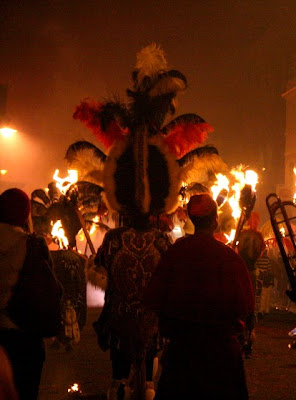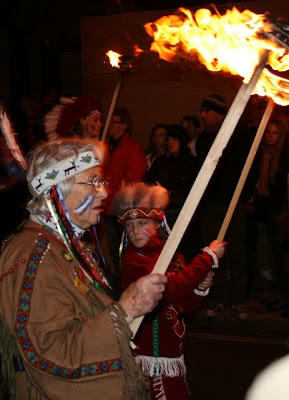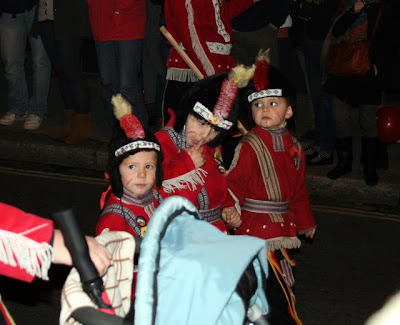
I forgot to put this one in, it's quite interesting. For the wiki on the 'BRD' go here:
http://en.wikipedia.org/wiki/BRD Suffice to say, the BRD was the derogatory term the East German government gave to Western Germany, and this old sticker, probably put up towards the end, says "No BRD-ing of the DDR". Anna Funder says that you experience a lot of "Ostalgie" in former East Germany, nostalgia for the GDR from some of the people.

We recorded our latest album in Berlin. On the same complex as the studio, and the studio building itself, are all former DDR (GDR) Radio buildings. As with much of Berlin, there are many derelict buildings, quite a few relatively unchanged since the wall fell. This is probably to do with money, and the amount of buildings there are, but perhaps also the sheer size of the institutions. We've been to Berlin many times, to tour, to promote things, but never for this long, and never before had we had that much time to really look around. The photographs at the beginning are mainly of the building complex we were working at, including one of the more smashed up and looted buildings. The main thing that struck me, and still blows my mind, is the space - the sheer amount of space - in Berlin. So many empty rooms, so much property, and just EMPTY. Most of the long corridors, a feature of GDR institutions, have identical rooms on either side, uniform and blindingly efficient uses of space. I couldn't help but think about Orwell's 1984, and the bullet in the back of the head, when I walked down them.
In one of the buildings we found, on our producers suggestion, a large amount of old tape just strewn across the stairs. Ed had an old tape machine which played at half-speed, and we then sped up the recordings in pro-tools. The piece we'd cut was a news item about the nuclear corridor from 1986. Another piece was the beginning of a speech by a communist politician I can't at the moment remember. A week or two later, two men who used to work in the same building before the wall fell came to look around, turning out to have worked in the same studio that we were at that moment making our album in. Apparently they made radio programmes there. Ed, our producer, played them some of the tape we found. He said they seemed pretty chuffed. There is a lot of living human history here.
We went to the Stasi Museum near Magdalena Str. U-Bahn which, if you ever get a chance, is an intriguing and uncomfortable experience. In the book Stasiland by Anna Funder she describes going into the museum in the mid-1990s and witnessing a tour group become steadily more inclined to leave and go back to the west. It's a brilliant book, I'd buy it if I were you :) The museum is much more a human history museum, in that the building itself housed the Stasi, and their many many staff, but also the rooms haven't been changed; there is a prison cell, the office of Erich Mielke Minister of State Security of the GDR from 1957 to 1989, with his telephones and a bed, and a cafeteria that looks as though it was a cafeteria for the Stasi, and which we weren't sure we should sit in or not. Upstairs are files which are used for research but also, according to Funder, for people to check their own Stasi files. It's not a fun Museum. It's intriguing and brilliant and harrowing, but Simon was saying that it feels much more like a place that a person who lived in the GDR would come to get closure. It feels unbelievably odd to walk around it only twenty years after the wall fell. A place that had so much power and which controlled and destroyed so many people's lives. Anyway, the Stasi museum photos are further down the page. You'll know them when you start to see Lenin and Marx busts ;)
The photo above is in the main hall of one of the buildings in use, and one of the only sections to be renovated. It is two photographs of people taking down the DDR Radio sign on top of one of the buildings here. On the other wall is a picture of Sting, who recorded in one of the other bigger studios here, and a colourful Trebi car. The rest of the building is not like this. The rest of the buildings are so utterly the past you almost feel like you
are being watched. I can understand a desire to watch it rot and yet, at the same time, feel priviledged to have had a chance to experience and document something that existed in my lifetime, but so completely outside of it.
(note: I have tried to keep most of the photos the same light as I saw, so some are a little dark because they communicate better what it looks like)





































